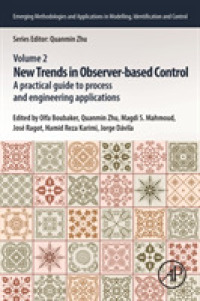- ホーム
- > 洋書
- > 英文書
- > Psychology
Full Description
Working with Parents and Infants is aimed at understanding the process of psychosomatic illness, exploring the embodiment of psychosomatic health and illness, and the inseparability of psyche and soma. Within this book, the author highlights the beneficial function of psychosomatic symptoms, such as mastitis, in signalling to the counsellor or therapist as well as the patient the need for change and the path through which it may occur. Research and clinical literature have often overlooked the relationship between the woman's attitude to her bodyself, thus her mind-body integration, breastfeeding and the quality of interactions with her baby. A psychosomatic disturbance is in this book conceived as an impaired sense of bodyself, or in other words, a lack of psycho-soma integration.Antonella Sansone presents a new approach to health and the healing relationship emerging from a meeting between Eastern meditative disciplines and Western psychological practise. On the same line as Buddhist philosophy, well-being is conceived in terms of full union of mind and body, not in the negative meaning of the absence of sickness.Central to a new psychophysiological theory of emotion adopted in this book, is the notion that healthy bonding relationships with the primary caregivers shape healthy brains and efficient connections of neurons in the brain.This book highlights the importance and effectiveness of early support. As a baby's brain is being wired, thus is very plastic, early support leads to better outcomes than years of treatment later in life. Improving the relationship between parents and their babies is much more cost effective than any adult therapeutic treatment.The author acknowledges the importance of infant observation as valuable training to prepare for working with parents and infants.
Contents
ContentsChapter 1. A literature view of the psyche-somaChapter 2 . The psyche-soma within an object relations frameworkChapter 3. The bodyself in early relationship. What is "bodyself" ?Chapter 4. Touch, Movement and Psyche-Soma Integration. Touch and communication. A Literature View of TouchChapter 5. Case IllustrationChapter 6. An East/West approach to working with parents and infants and the healing relationship. The meaning of a symptom. A psychophysiological theory of emotions. Being presentChapter 7. Emotions and the primal brain. Interaction and the social brain. The power of eye contact and body language. Internal patterns. Attachment and the stress-coping-system Chapter 8. Why early supportChapter 9 Infant observation. Group observation method: procedure. Tuning to the melody.Chapter 10. Conclusions. Transference and contertransference: the important tools.








